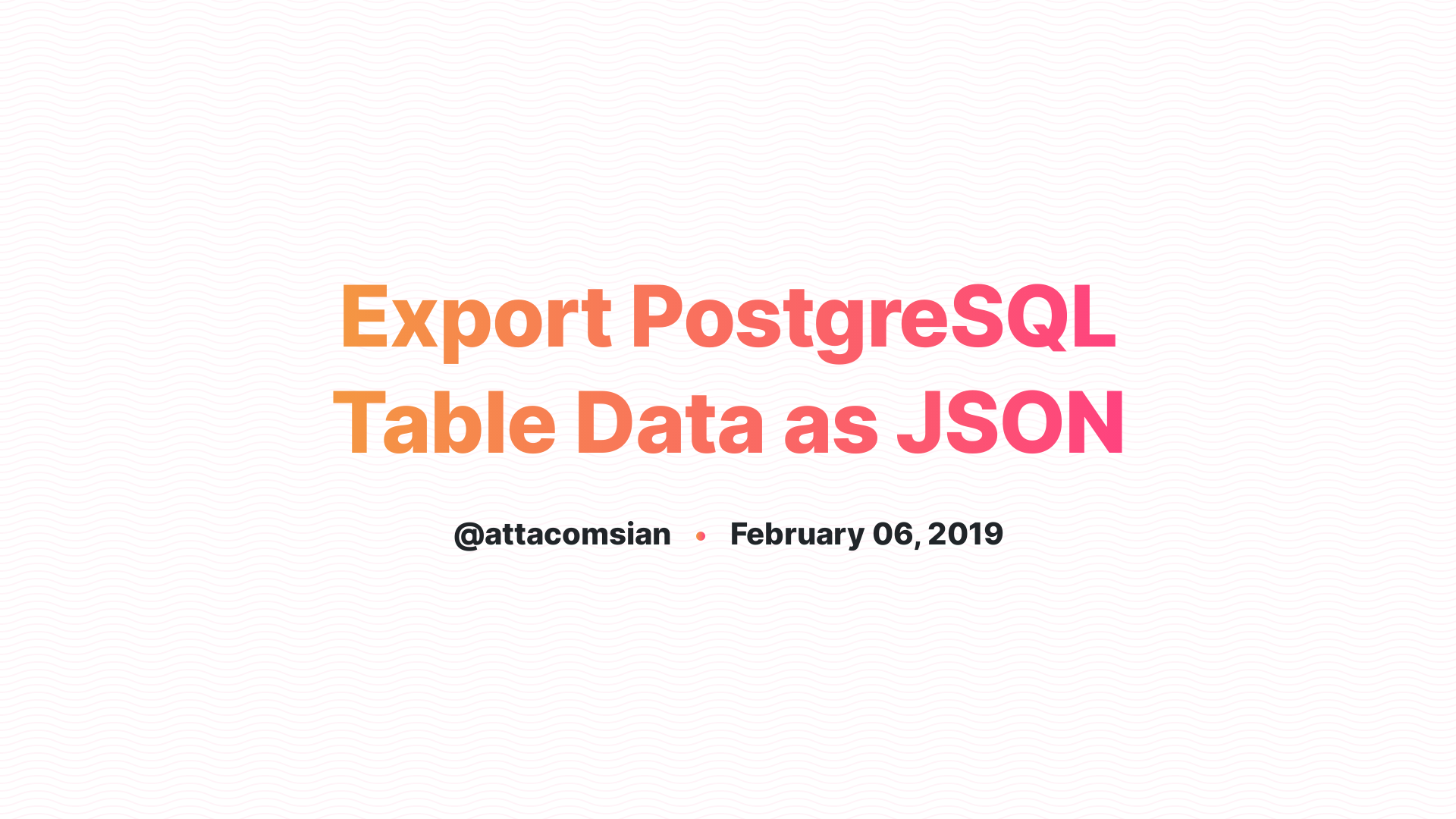

You can refer to the java DateTimeFormatter documentation for details on the format pattern syntax. This is used to clarify the date format during the import process and does not affect the output data. Use this setting to specify the date format used in the XLSX file. Specifies that all sheets in the file should be imported during the data import process.Įnables you to choose a particular sheet from the Excel file for importing during the data transfer process. If the setting is disabled, all cells in the row will be filled with a NULL value if an empty string is encountered. If this setting is enabled, any open string values encountered during the data processing will be ignored and not inserted into the corresponding cells in the row. This setting specifies whether the column names are located in the first row of the Excel table or if there are no column names present. Select the appropriate settings described below, then click Next.ĭetermines the location of the column names in the Excel table, either at the top or none. The Database Navigator section and then clicking on Import Data.Ģ) In the window that appears, choose XLSX and click Next.ģ) In the following window, choose the file that contains the data you wish to import into the table. Do this by right-clicking on the table name in In the end, you will see the following status message:ġ) Choose the database table (or tables) you want to import data into. Loading will be performed in the background. You can keep working with your database during the export process as the data You can also save all your settings as a task in this Review which file(s) and to which table(s) you will import.

Read our guide on Data Import and Replace to learn more about the replacing method option. These options may affect the loading's performance: Set options for loading data in the database. You can set constant values for the table column if there is no source column in the CSV. You can skip columns (the value will be set to NULL in the target table column). You must set a column in the CSV file for each database table column. You can change the Importer settings (format specific) during this step: Select the input CSV file for each table you want to import. Select one or more tables to which you want to import data. You can import data to your database from CSV, XLSX, and XML files.

You can keep working with your database during the export process as theĮxtraction will be performed in the background. Task in this step or change the task variables: Review what you want to format and which format you will export. Note: Timestamp pattern is used here to target the file name pattern:

Set options for output files or clipboards. They are specific to the data format you chose in step 2: This may affect the extraction'sĪnd set the export format option. Set your data extraction options (how the data will be read from the tables). In the window that appears, choose CSV and click Next. To do that, choose Export data in the results Note: you can also export data from custom SQL query results. Select the table or tables you want to export. Therefore, in this guide, we will focus on the data exporting process using the CSV format. The process of exporting data follows a similar procedure for the supported formats. You can transfer data from one database to another or export it in different types and formats: However, try to avoid changing data in the tables that have been selected for export or import until the process is complete. Note: The data transfer operation runs in the background, allowing you to continue working with your database during the export or import process. Importing CA certificates from your local Java into DBeaverĭata transfer is a crucial feature that enables you to export and import data in various formats as well as moving data between tables in the same or to different databases.
#Psql export table to csv driver#
Connecting to Oracle Database using JDBC OCI driver.Installing extensions - Themes, version control, etc.


 0 kommentar(er)
0 kommentar(er)
